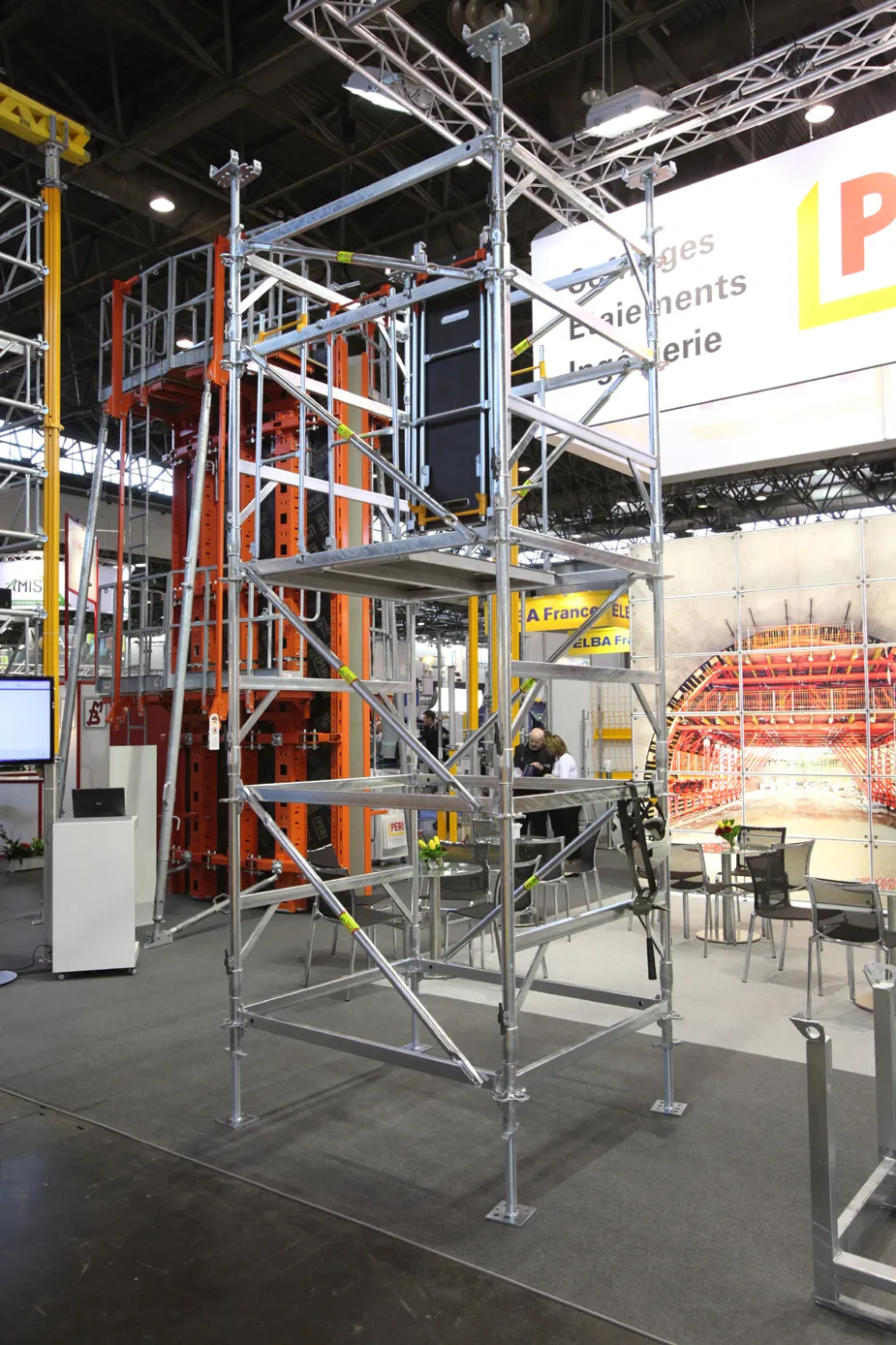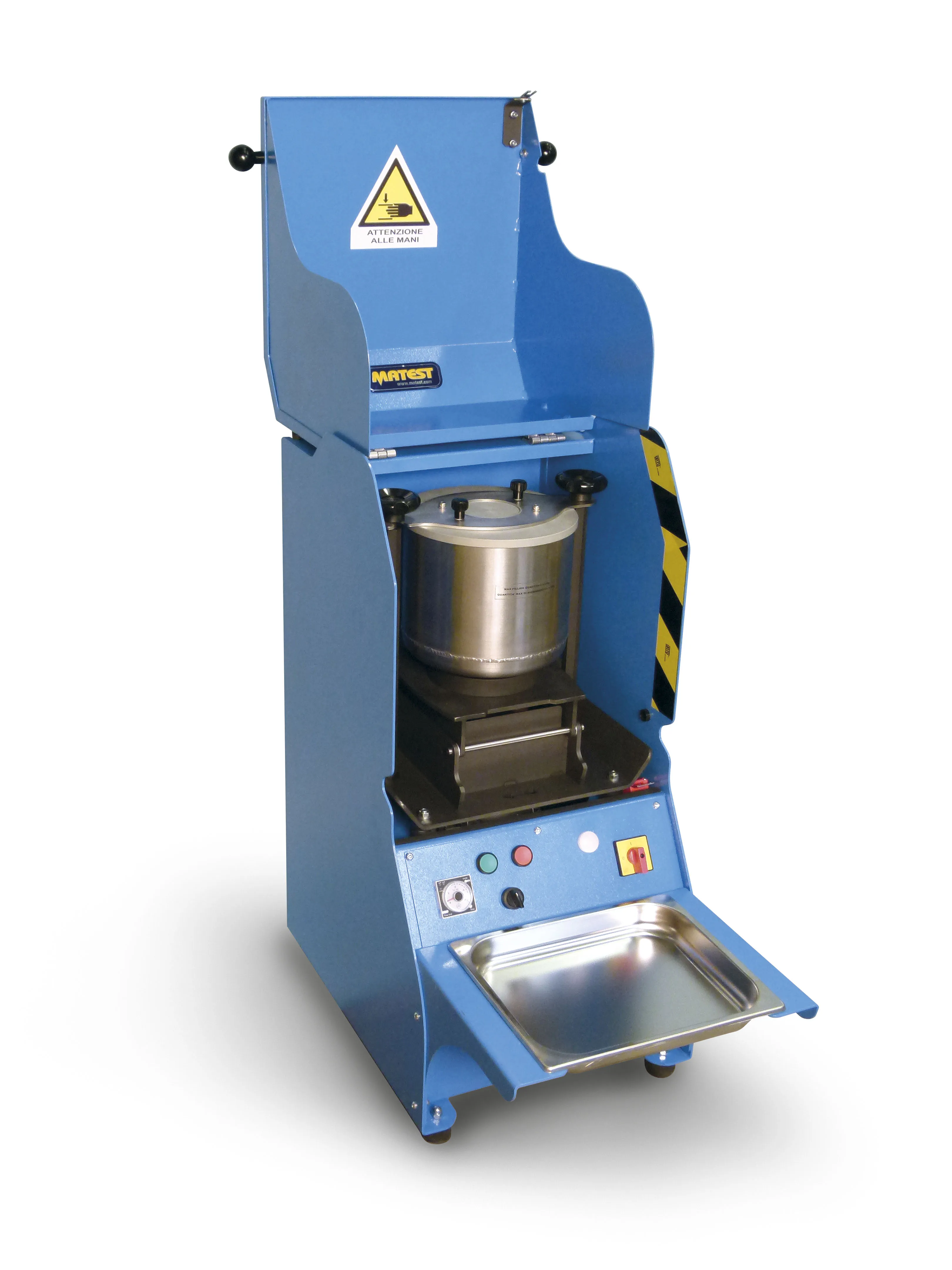Road freight’s share in global trade will increase from 6% to 10% by 2050, driven by increasing intra-regional trade, according to the latest report by the International Transport Forum. This growth is especially likely in Asia and Africa where efficient rail networks are and could remain underdeveloped, noted the report ITF Transport Outlook 2015. Hit hard by the global crisis in 2009, road freight volume grew 3% annually from 2010-12 in member countries of the OECD – the Organisation for Economic Co-opera
February 20, 2015
Read time: 2 mins
Road freight’s share in global trade will increase from 6% to 10% by 2050, driven by increasing intra-regional trade, according to the latest report by the 1102 International Transport Forum.
This growth is especially likely in Asia and Africa where efficient rail networks are and could remain underdeveloped, noted %$Linker:2 External <?xml version="1.0" encoding="utf-16"?><dictionary /> 0 0 0 oLinkExternal the report ITF Transport Outlook 2015 linl to International Transport Forum website false http://www.internationaltransportforum.org/ false false %>.
Hit hard by the global crisis in 2009, road freight volume grew 3% annually from 2010-12 in member countries of the OECD – the3685 Organisation for Economic Co-operation and Development.
Despite the growth, overall tonne-kilometres in 20121 were still 9% below pre-financial crisis levels.
After an initial drop of 10% in 2009, road freight is struggling in the1116 European Union. Tonne-kilometres grew 3% in 2010, but growth slowed to 1% in 2011 and turned finally negative (a 5% drop) in 2012, overall volumes remaining below the pre-crisis peak.
Road freight accounts for around half of the total CO2 emissions from international trade-related freight and the share is projected to increase to 56% by 2050.
International freight now requires intermodal transport and is often performed by trucks. This domestic freight linked to international trade accounts for around 10% of global total trade-related freight and 30% of the total trade-related CO2 emissions.
The world growth of surface freight volumes and related CO2 emissions will be
driven by countries outside the OECD -- Organisation of Economic Co-operation and Development. Asia, including China and India, will account for over half of world surface freight transport by 2050, compared with 35% today.
Growth rates range between 330% and 630% for freight volumes and between 240% and 600% for the CO2 emissions. The difference between the highest and the lowest scenario for non-OECD economies reflects uncertainties related to the direction these economies will take in terms of composition of production and the share of different types of freight transport.
The report ITF Transport Outlook 2015 is available from the ITF, which is part of the Paris-based OECD, but is an intergovernmental organisation in its own right. It has 54 member countries, acts as a strategic think tank for transport policy and organises an annual summit of ministers.
This growth is especially likely in Asia and Africa where efficient rail networks are and could remain underdeveloped, noted %$Linker:
Hit hard by the global crisis in 2009, road freight volume grew 3% annually from 2010-12 in member countries of the OECD – the
Despite the growth, overall tonne-kilometres in 20121 were still 9% below pre-financial crisis levels.
After an initial drop of 10% in 2009, road freight is struggling in the
Road freight accounts for around half of the total CO2 emissions from international trade-related freight and the share is projected to increase to 56% by 2050.
International freight now requires intermodal transport and is often performed by trucks. This domestic freight linked to international trade accounts for around 10% of global total trade-related freight and 30% of the total trade-related CO2 emissions.
The world growth of surface freight volumes and related CO2 emissions will be
driven by countries outside the OECD -- Organisation of Economic Co-operation and Development. Asia, including China and India, will account for over half of world surface freight transport by 2050, compared with 35% today.
Growth rates range between 330% and 630% for freight volumes and between 240% and 600% for the CO2 emissions. The difference between the highest and the lowest scenario for non-OECD economies reflects uncertainties related to the direction these economies will take in terms of composition of production and the share of different types of freight transport.
The report ITF Transport Outlook 2015 is available from the ITF, which is part of the Paris-based OECD, but is an intergovernmental organisation in its own right. It has 54 member countries, acts as a strategic think tank for transport policy and organises an annual summit of ministers.








